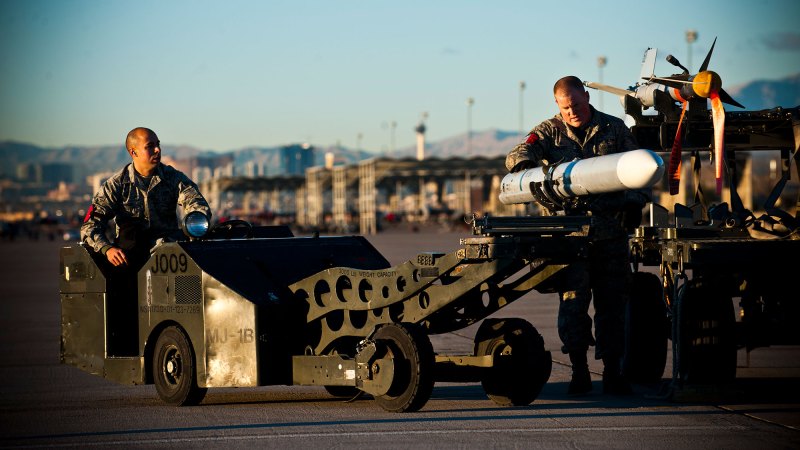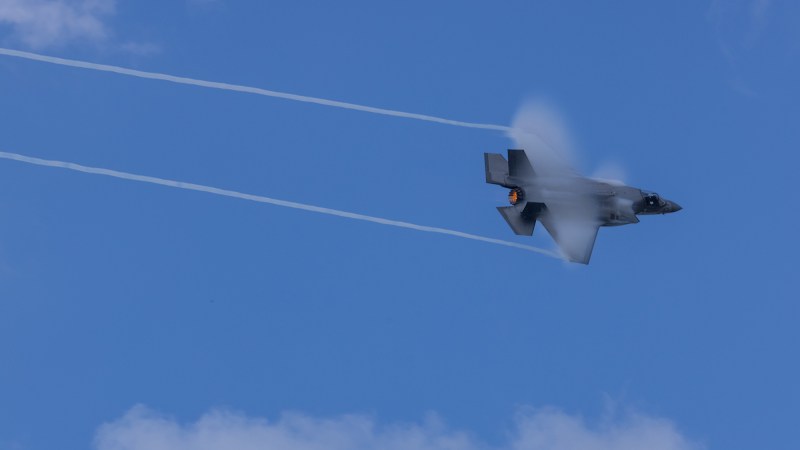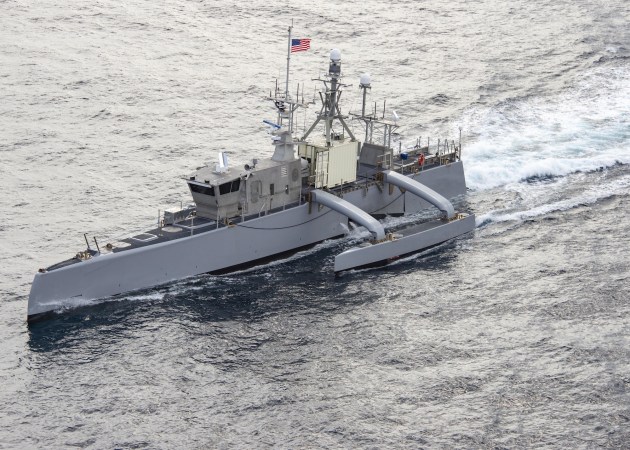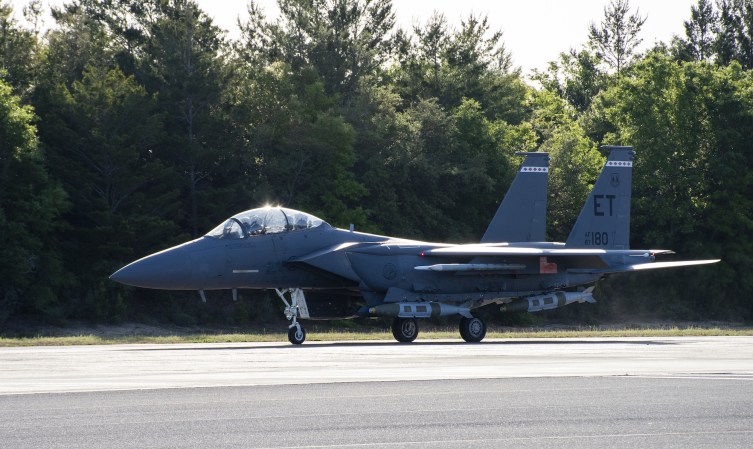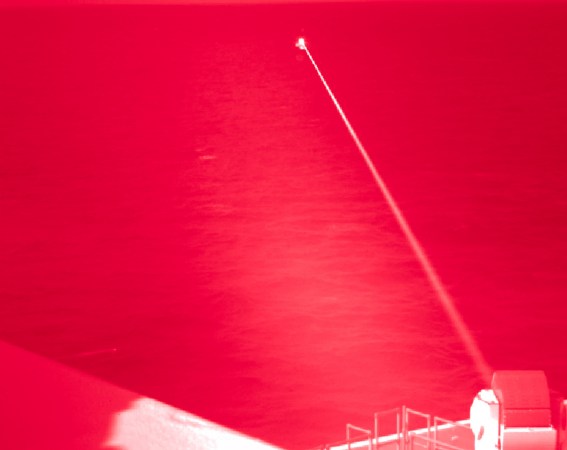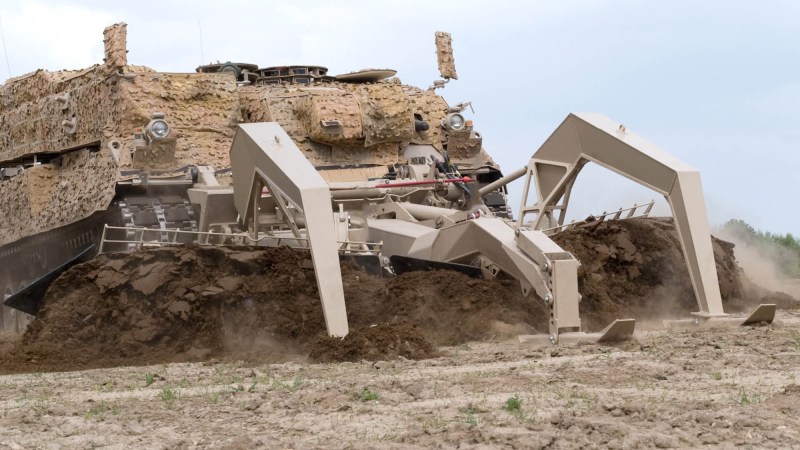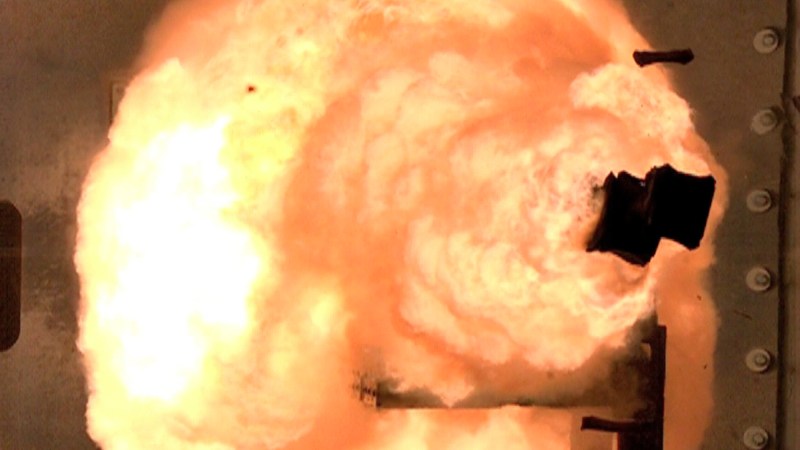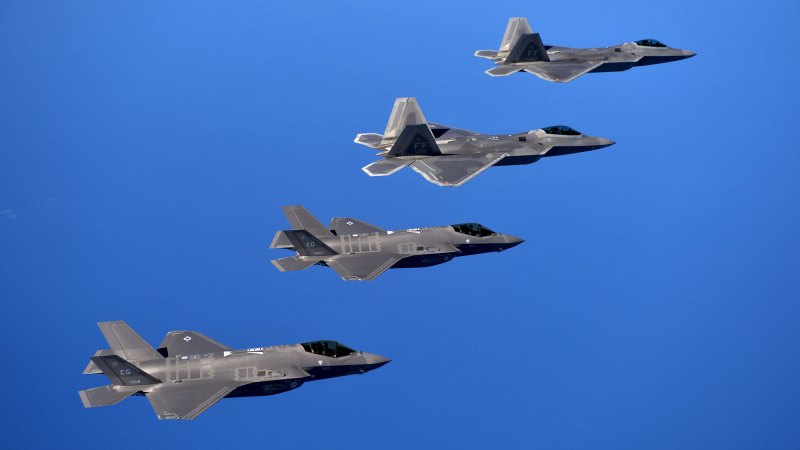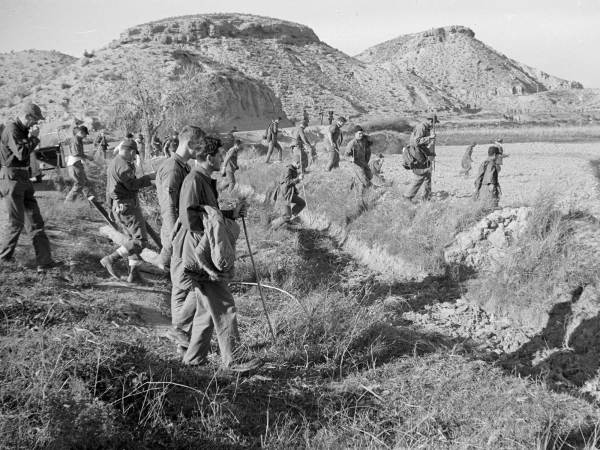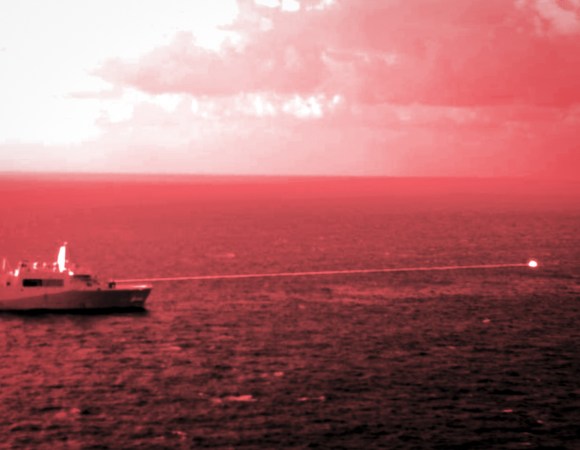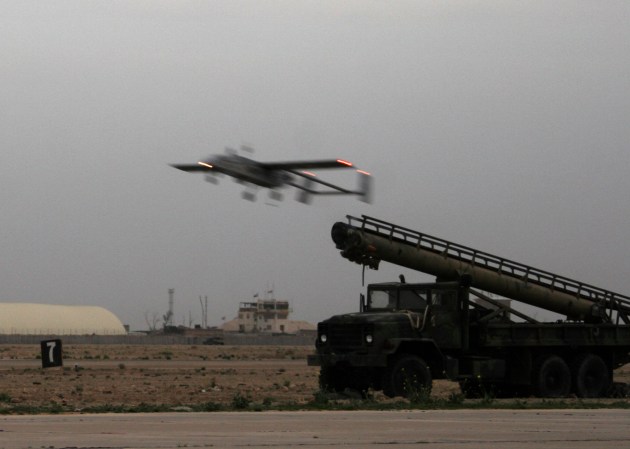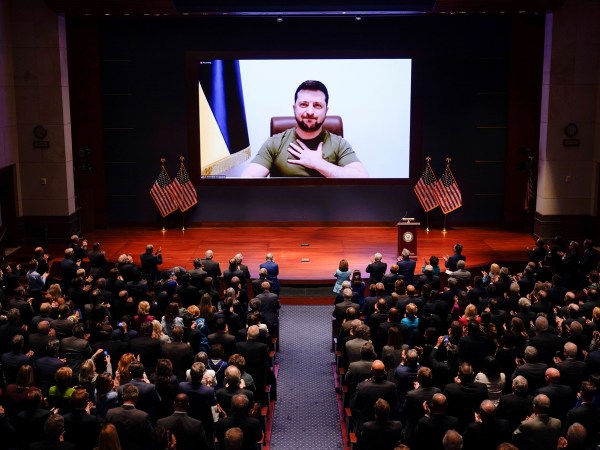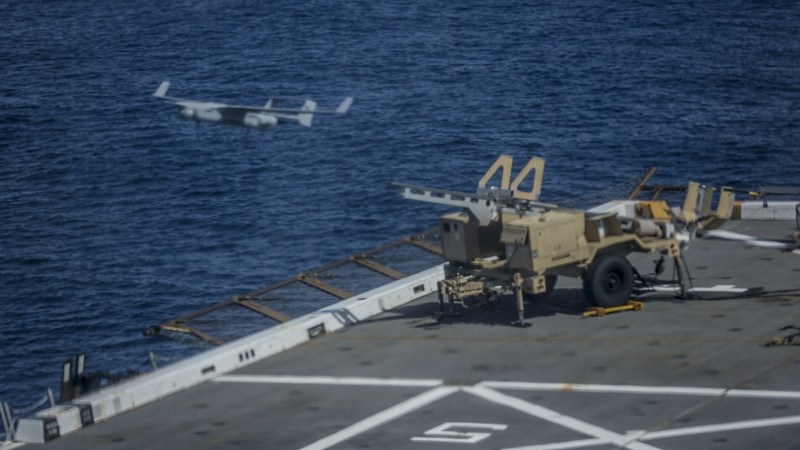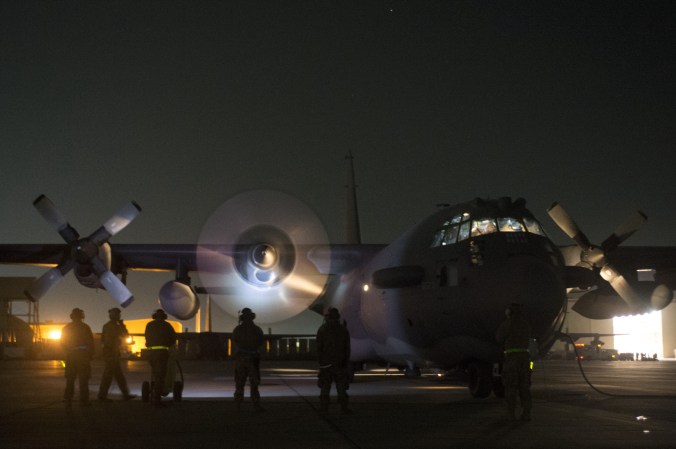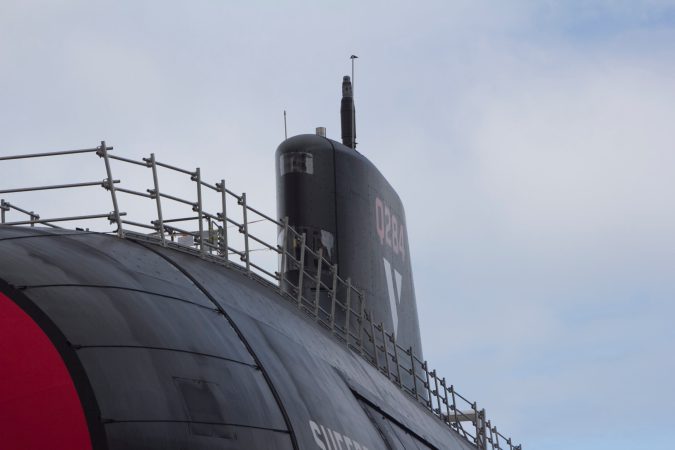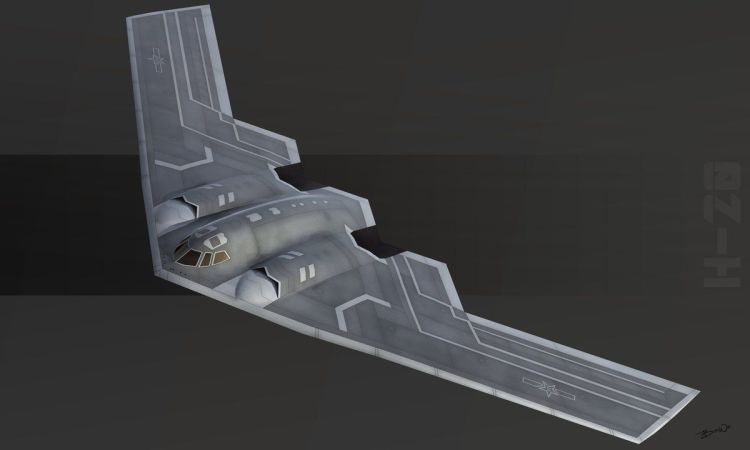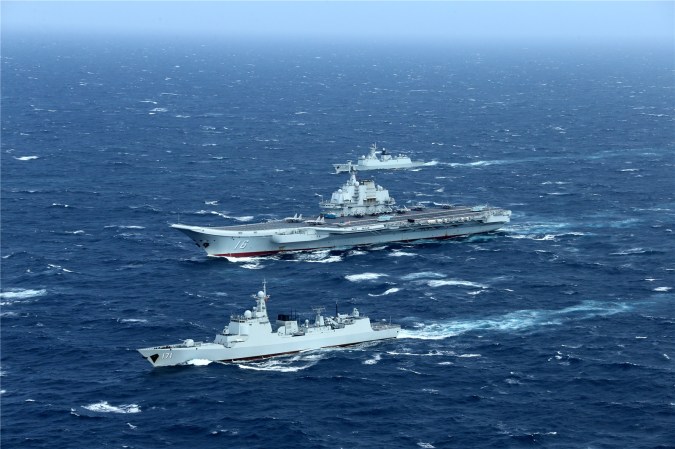

On October 8, Secretary of Defense Lloyd Austin ordered the USS Gerald R. Ford Carrier Strike Group to the eastern Mediterranean, as part of an American response to the surprise and staggering attack on Israel’s military and civilians by the armed group Hamas. Then, on October 14, Austin sent the USS Dwight D. Eisenhower Carrier Strike Group to the eastern Mediterranean.
The United States Navy maintains 11 carrier strike groups, which are formations including not just the namesake carrier and its aircraft, but also an escort fleet of other ships. The carriers are the most visible, tangible expression of naval power abroad, and the deployment of two carrier strike groups is both a threat of force and shows where the US most wants to attempt to deter the outbreak of further violence through that show of force.
The attack that sparked the deployment of the two US carrier groups to the eastern Mediterranean started with bulldozers, drones, motorboats, and paragliders. Gaza is home to two million Palestinians, of whom about half are under the age of 18. Hamas, the militant group elected to power in the Gaza Strip in 2006 and which has not held an election since, broke through the wall maintained by Israel around the Gaza Strip, and launched attacks killing an estimated 1,400 people in Israel, including civilians. Retaliatory airstrikes, launched by Israel’s military against Gaza, have killed over 2,700 people, including civilians, and rendered hundreds of thousands homeless. The death totals, especially in Gaza, continue to increase, as hospitals run out of supplies. The situation is evolving and has complex roots.
Beyond Hamas and Israel, there’s a chance that the outbreak of violence could expand to involve regional military players, like Iranian-backed Hezbollah north of Israel in Lebanon, Iran itself, or other countries in the region. President Joe Biden has traveled to Israel to meet with its government.
An aircraft carrier, complete with escort ships and fighter firepower, is designed to fight the planes and ships of nations more than it is built to root out fighters with rifles hiding in city blocks. In the October 8 announcement of the deployment, Austin said the Ford Carrier Strike Group was being deployed to the eastern Mediterranean to “bolster regional deterrence efforts.” In the October 14 announcement, the Eisenhower Carrier Strike Group’s deployment was part of moves to “signal the United States’ ironclad commitment to Israel’s security and our resolve to deter any state or non-state actor seeking to escalate this war.”
To better understand the US force projection in response to this outbreak of violence, it is important to understand aircraft carriers, and the fleets that escort them.
What is a carrier strike group?
Alone, an aircraft carrier is a powerful weapon. The size of a small town, one carrier can be a tempting target. The Nimitz-class carriers, which make up most of the US carrier fleet at present, carry around 5,000 to 5,200 people. This crew is primarily devoted to operating and maintaining the ship, which is powered by a pair of nuclear reactors, while about 1,500 of that crew is dedicated to flying and maintaining the 60 or more aircraft flown from a carrier.
Ford-class carriers, the planned replacement for the Nimitz class, are crewed by just over 4,500 people total, and can carry and launch over 75 aircraft. (Currently there is one Ford-class carrier in the fleet, which is the USS Gerald R. Ford.) Both Nimitz and Ford-class carriers are 1,092 feet long, their decks constituting the runway for takeoff and landing of planes at sea.
Because carriers are so large—by design, they have to be—they make enticing targets for enemies at war. “Carrier Group” as a phrase first appears in the Popular Science archives in a July 1985 story called “Invisible Subs” that describes ships as either “submarines or targets.” The ship-mounted weapons on carriers are largely defensive: anti-air and anti-missile Sea Sparrow missiles, Phalanx Close-In Weapon Systems designed to intercept rockets, and other projectiles with radar-targeted bullets.
Those weapons should be seen as a last line of defense for carriers. The first lines of defense are the other ships that accompany carriers as they move about the globe.
In Secretary Austin’s announcements, he names specific ships in each carrier group. The USS Gerald R. Ford is escorted by the Ticonderoga-class guided missile cruiser USS Normandy, as well as the Arleigh-Burke-class guided missile destroyers USS Thomas Hudner, USS Ramage, USS Carney, and USS Roosevelt. The USS Eisenhower is escorted by the guided-missile cruiser USS Philippine Sea, guided-missile destroyers USS Gravely and USS Mason, and is carrying the nine aircraft squadrons of Carrier Air Wing 3. In general, a carrier group has between three and four surface ships escorting it, as well as an assumed (but not announced) attack submarine traveling near the fleet underwater.
Carrier Air Wing 3 includes four squadrons of F/A-18E Super Hornets, jet fighters that can fly over 1,200 nautical miles; these jets can carry a range of weapons including anti-air missiles, anti-ship missiles, guided and unguided bombs, and more. These planes are the primary strike force of the carrier group, allowing the US Navy to attack and destroy vehicles, people, and buildings far from shore. In addition to the strike fighters, a carrier air wing includes E-2C Hawkeyes, which are big flying tactical radars; EA-18G Growlers, which carry electronic warfare weapons for jamming and obscuring enemy sensors; and Seahawk helicopters, which can be used to launch anti-tank missiles and for submarine hunting, among other roles.
The Ticonderoga-class guided missile cruisers are, as the name suggests, armed with an array of missiles, including cruise missiles to hit targets on land, as well as anti-submarine missiles and torpedoes to protect against enemies underwater. Guided missile destroyers are similarly armed, with anti-air missiles as well as part of the regular complement.
Much of the equipment of a carrier strike group is built around the particular vulnerability of aircraft carriers to anti-ship missiles and submarines—threats that are unlikely to be a factor for deployments in the eastern Mediterranean. The offensive firepower, from cruise missiles to guided bombs dropped by fighter jets, enable the carrier groups to pose an outsized threat.
The presence of a carrier strike group can be seen as a form of deterrence, and deterrence is a strategic bet that the presence of massive retaliatory power is enough to prevent an armed group from trying to advance their political aims through violence. If the actions of other armed groups in the region can be shifted, deterred, or delayed by the presence of the US Navy, this would be the force that can do it.
